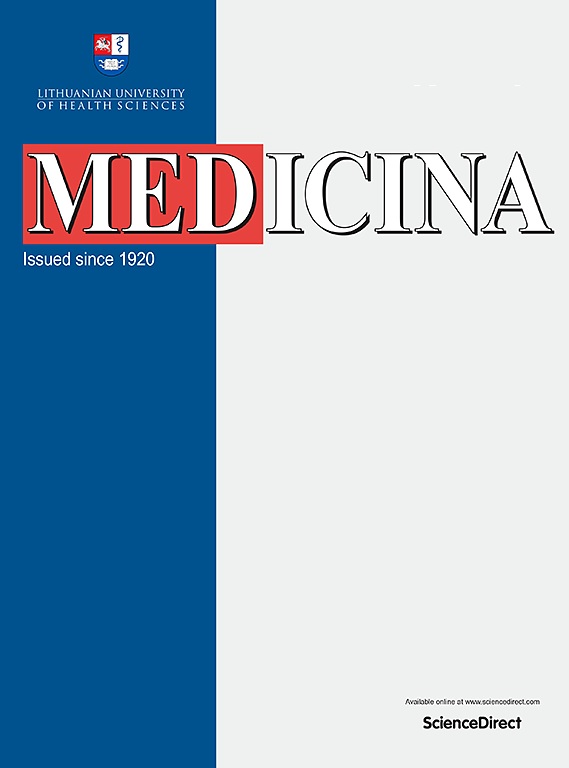
Supervised Schroth Exercise Program for Adolescent on the Severity of Scoliosis and Quality of Life

Supervised Schroth Exercise Program for Adolescent on the Severity of Scoliosis and Quality of Life
Effects of a Long-Term Supervised Schroth Exercise Program on the Severity of Scoliosis and Quality of Life in Individuals with Adolescent Idiopathic Scoliosis: A Randomized Clinical Trial Study.
Medicina (Kaunas) . 2024 Oct 7;60(10):1637.Synopsis
Eighty adolescents with AIS (Cobb angle 10–45°) were randomized into two groups: a Schroth exercise and brace group (n=40) or a brace-only group (n=40). The primary outcomes were scoliosis severity (Cobb angle and ATR) and quality of life (SRS-22 score). Secondary outcomes included the sum of curvatures. Measurements were conducted at baseline, 12 months, and 6 months post-intervention (18 months)...
To view the full content, login to your account,
or start your 30-day FREE Trial today.
FREE TRIAL
LOGIN
Forgot Password?
Explore some of our unlocked ACE Reports below!

Learn about our AI Driven
High Impact Search Feature
Our AI driven High Impact metric calculates the impact an article will have by considering both the publishing journal and the content of the article itself. Built using the latest advances in natural language processing, OE High Impact predicts an article’s future number of citations better than impact factor alone.
Continue



 LOGIN
LOGIN

Join the Conversation
Please Login or Join to leave comments.